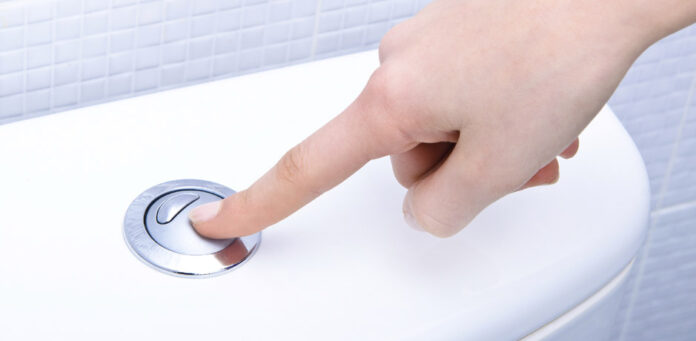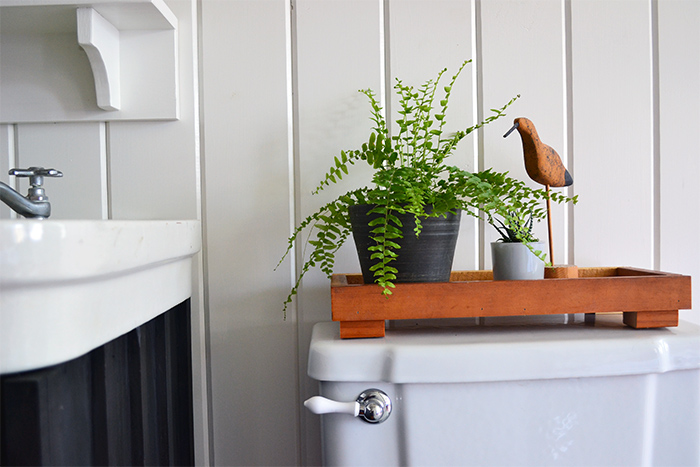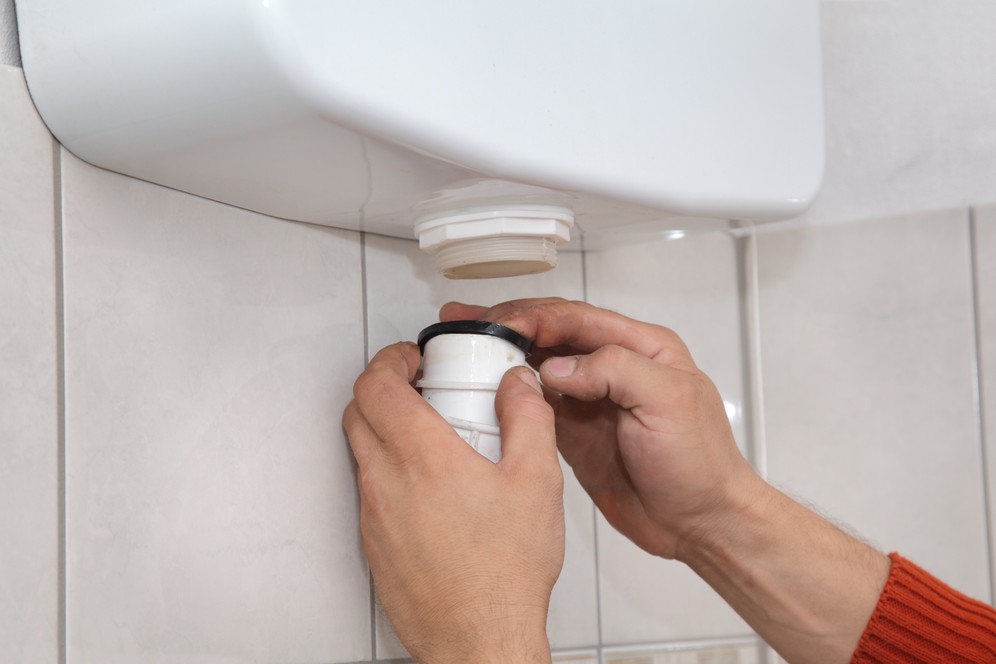Having a slow filling toilet tank is a prevalent problem in modern households. With the right water pressure, the average time for a toilet tank to fully refill is three minutes. If your toilet takes more than three minutes to refill, then you might be having an issue with your toilet system.
Reasons Why a Toilet Tank Can Be slow to Fill
The most common causes for a valve to slow down or fail to fill the tank after a flush are debris accumulation and a faulty fill valve. And this problem often affects all toilet types, including one-piece, two-piece, and upflush toilets.
Debris can slowly build up over time inside your water supply system, including the valve body, shut off valve on the wall, and the supply line, which restricts the flow path of water. As a result, the valve’s filling speed can be significantly slowed down.
In terms of age, valves that have been in use for more than seven years can have their working parts wearing out.
Here are other possible reasons your toilet tank is slow to fill and how to fix it.
1. Water Supply Valve Problem
The water supply valve is the little knob that protrudes from the wall just beneath your toilet tank, and it basically controls the water flowing into the toilet tank. If the knob is partially closed or not functioning correctly, it might fail to deliver the correct amount of water at the required pressure.
Another potential issue with the supply valve is the buildup of debris that can constrain water flow and inhibit the valve’s filling speed.
How to Fix It: Check the valve to ensure it’s completely open. If it’s fully opened but still not producing the right water pressure to refill the tank, you may need to involve the services of a licensed plumber to investigate debris buildup.
2. A Waterlogged Float Ball
A float ball typically sits on top of the water in the toilet tank with the sole purpose of controlling the amount of water coming in. If the float ball is waterlogged, it may not allow the tank to fill efficiently. It can also cause the water to refill at a much slower rate.
How to Fix It: Open the toilet tank lid to see the water level. If it’s partially full or the ball is not correctly floating near the top of the tank, you could be having a waterlogged float ball. Fortunately, replacing a waterlogged flat ball is as simple as pulling off the old one from the arm and fitting a new one.
3. Fill Valve Tube Issues
The fill valve attaches to a vertical tube-shaped component inside the toilet tank. Its job is to control the water level inside the tank. Over time, a fill valve can wear down, get clogged, or shift out of alignment. All these issues can prevent the toilet tank from filling with water properly.
How to Fix It: If you’ve figured out that the problem is not a waterlogged float ball or a partially opened water supply valve, take a closer look at the fill valve. Look out for signs of wear and tear or wrong positioning inside the tank. It should typically sit on the left side of the tank with its tailpiece extending to the bottom of the tank, where it connects to the shut-off valve and supply tube.
4. Faint Water Pressure
The final easily repaired cause for slow filling toilet tanks is weak water pressure. If this is the case, then the rest of your home should be receiving low water flow, including your kitchen faucets.
How to Fix It: All you have to do is to install a booster tank to help increase the water pressure. If you use a well, turn the water up at the well’s tank. If the same problem persists, you might want to invest in a new tank or pump when necessary.
5. Faulty Trip Assembly
The trip handle connects to your flush handle inside the toilet tank. This handle can sometimes be poorly positioned, especially due to bad plumbing. It can also block if the lid has been put on, shortening the rinse cycle.
How to Fix It: Simply yank open the lid and observe the trip assembly. If you notice any crookedness in the trip assembly, it may be time to completely replace the trip’s assembly.
Calling the Plumber
Having a toilet tank that fills too slowly definitely creates a lot of problems, especially when you need to use the toilet immediately after another family member has left the bathroom. If you have tried all these troubleshooting tips and the problem still persists, it might be time to contact a professional plumber to check for the root cause of the issue.




















